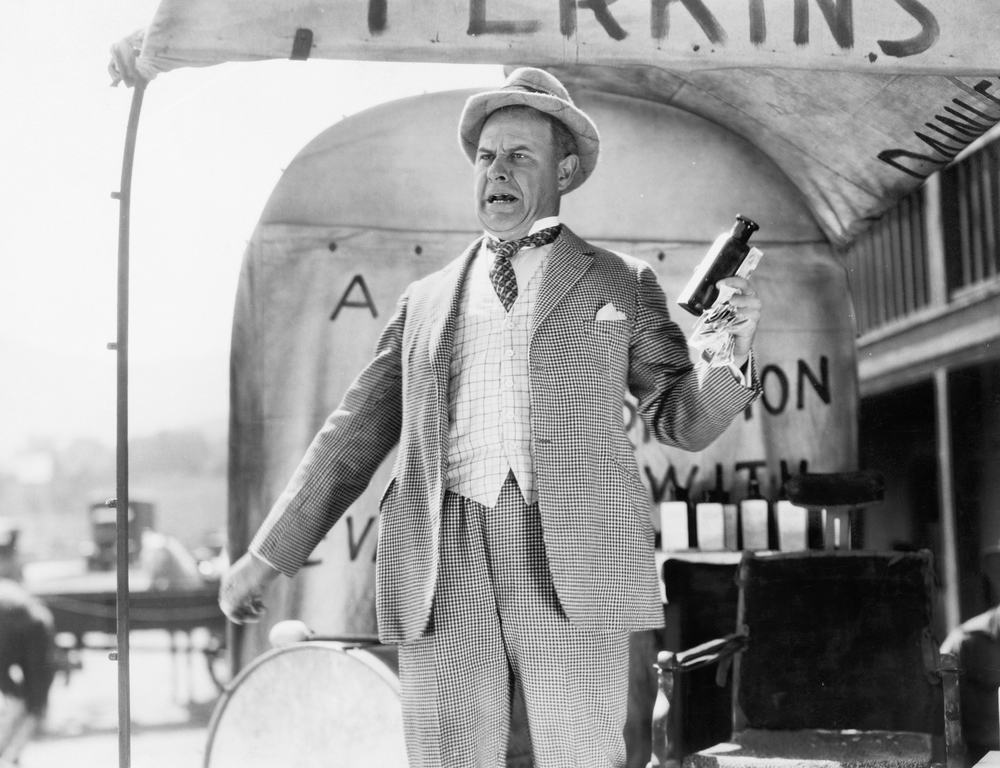Announcements
 Website Profit Doctors launch Direct Booking Website
Website Profit Doctors launch Direct Booking Website
Fully responsive, multi-device compatible direct booking website showcases video reviews, 3D tours, and accepts all forms of payments.
Archives >Customer Breakthroughs
 Achieved 7x impressions and 3x clicks return in less than 1 year
Achieved 7x impressions and 3x clicks return in less than 1 year
We increased this customer's Google organic search term exposure and website clicks 7x and 3x within a short 10 month period.
Using Conversion Rates to Measure Website Effectiveness and Improve ROI

To better understand the present, professionals study the past. Retail store management taught us the importance of counting customer walk-ins. At the end of the day, managers are positioned to track the ratio of total visitors to total purchases and total purchases to total sales.
These ratio analyses help companies organize merchandise, strengthen offers, and create more attractive purchase incentives.
Similarly, before television and "the infomercial," a pitchman would attract large crowds in the streets of Manhattan to hock his latest gismo. After announcing a common consumer problem, illustrating resolution with his product, and creating an irresistible offer, this early entrepreneur would measure his success by the total number of purchases.
If the results were below satisfaction, he'd revise his pitch, use it, and measure again.
Imagine how much more successful these store managers and pitchmen would have been if they knew how close visitors came to buying. Where did prospects lose interest? How many looked or reached into their wallets, but decided against purchasing? Which incentive or add-on worked best?
Fast-forward to the online marketplace and present-day websites. The Web is an action-driven medium; meaning, people travel from site to site and page to page by reading and clicking. They scan, read, and then click on links or other navigation controls that satisfy an immediate need or curiosity.
Website success can be measured with one simple metric. It's called a conversion rate. A conversion rate is loosely defined as the percentage of website visitors who complete a desired action.
This action can take many forms, such as clicks beyond the home page, purchases, "bread-winning area" page views, form views, membership registrations, newsletter subscriptions, sample downloads, sales inquiries, survey completions, and any other equally beneficial action.
When measuring website effectiveness, conversion rates can be useful on two levels: macro-conversions and micro-conversions. Macro-conversions represent the ratio of total Web site visitors to total desired and unique actions.
For example, if 20 of 2,000 unique visitors complete an inquiry form, the website's macro-conversion rate for that action is 1%.
But what about the other 99%? Where did they lose interest? How many of the 2,000 visitors clicked beyond the home page? How many viewed the form, but didn't submit it? Where's the real problem?
This is when micro-conversions are critical. Micro-conversions help pinpoint website problem areas and improve return on investment (ROI).
Let's take a look at a real world scenario...
Sally Mooretraffic spends $1,000 to drive 2,000 visitors to her company's website. Capturing 20 sales leads, the macro-conversion rate is 1% and has a consequent cost of $50 per sales lead ($1,000/20). Sally must constantly fill her company's sales pipeline, so she logically spends another $1,000 to capture another 20.
On the other side of town, Johnny Convertwell similarly spends $1,000 to drive 2,000 visitors to his company's website. Capturing 20 sales leads, the macro-conversion rate is 1% and has the same consequent cost of $50 per sales lead.
Before driving additional traffic, and because Johnny understands the importance of micro-conversions, he looks to pinpoint and correct each website problem.
After (website statistic report) traffic analysis, Johnny realizes that 80% of visitors leave without clicking beyond the home page. He now knows to improve this part of the website. Continuing his analysis, Johnny realizes that 50% of the visitors that view the inquiry form fail to submit it. He now knows to improve the form and offer greater incentive for its completion.
Ready to test the impact of change, Johnny spends another $1,000 to drive 2,000 visitors to his company's website. This time, the results are much better. The macro-conversion rate is 4% and has a consequent cost of $12.50 per sales lead ($1,000/80).
So what does this mean?
Learn from past experiences, leverage the Web's measurability, and concentrate on conversion rates. Look to improve micro-conversion rates before investing in traffic building campaigns. Constantly measure, isolate, and improve website problem areas to maximize overall effectiveness.
Small changes can dramatically improve ROI, efficiency, and profitability.
Want future articles sent directly to your inbox? Subscribe to our newsletter.
The Website Profit Doctors are a Chicago Area Website Help Company who can transform your “information only” website into a profitable customer acquisition tool.
Primary website help services include: Website Improvements, Website Redesigns & Makeovers, Custom Website Development, Responsive Website Development, Google AdWords Advertising, Bing Ads Advertising, Google Analytics Set Up, Strategic Planning & Coaching, Competitive Intelligence & Research, Purchase Process Assessments, Lead Capture Assessments, Website Maintenance & Support Packages.
Primary website help products include: Small Business eCommerce Website, Small Business Blog Website, Small Business Website.
Blog information and opinions herein reflect the most accurate information at the time of publication and are subject to change. Readers are free to forward this article in its entirety, but may not sell, barter or leverage it for commercial profit or gain.
©2002-2024 Website Profit Doctors. All Rights Reserved.

Announcements
 Website Profit Doctors launch Direct Booking Website
Website Profit Doctors launch Direct Booking Website
Fully responsive, multi-device compatible direct booking website showcases video reviews, 3D tours, and accepts all forms of payments.
Archives >Customer Breakthroughs
 Achieved 7x impressions and 3x clicks return in less than 1 year
Achieved 7x impressions and 3x clicks return in less than 1 year
We increased this customer's Google organic search term exposure and website clicks 7x and 3x within a short 10 month period.

